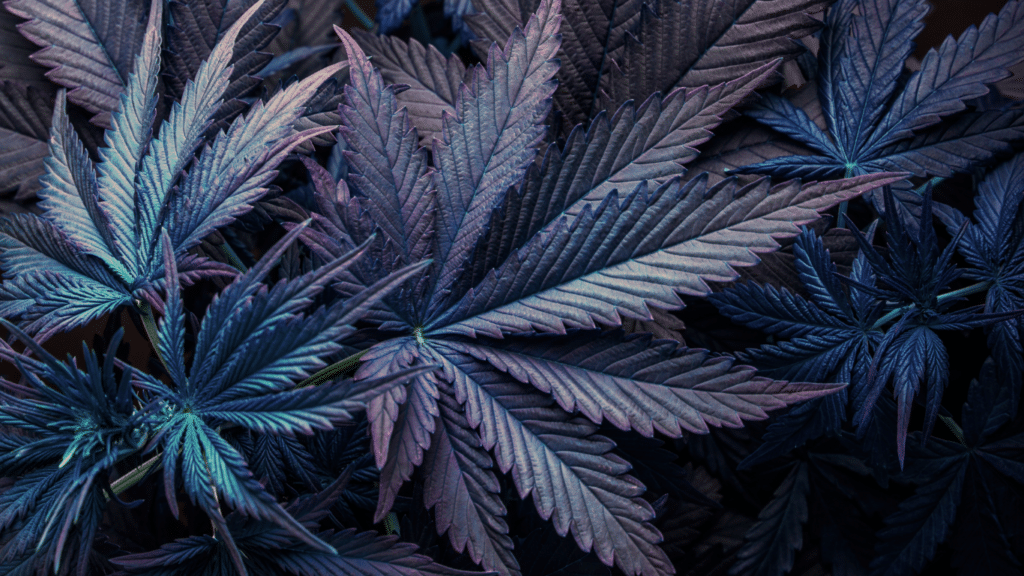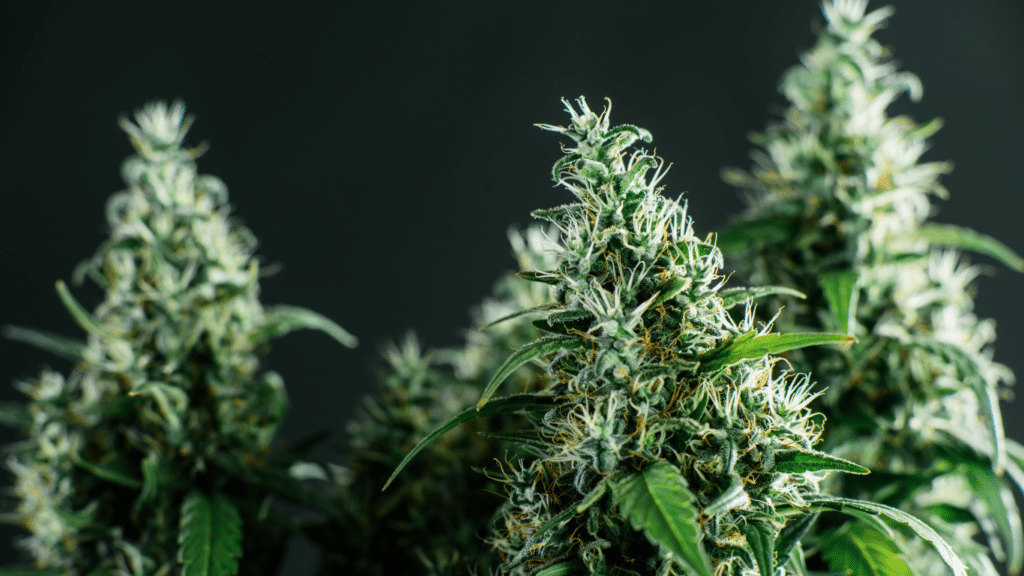Understanding Autoflower Height
Autoflowering cannabis plants are a popular choice for many growers because of their fast growth cycles and ease of cultivation. However, one question that often arises when growing autoflowers is about their expected height. Understanding the factors that determine height and knowing what to expect from different strains can help growers plan and optimize their yields. This article will delve into the intricacies of autoflower height and provide useful tips on controlling it.
Factors that Determine Height in Autoflowering Plants
Genetics, growing conditions, and environmental factors are just a few of the factors that affect an autoflowering cannabis plant’s height. Genetics plays a significant role in determining the height of an autoflower, as different strains have varying levels of hybridization that can affect their growth patterns. Climate and lighting conditions also have a significant impact on the height of autoflowers, with changes in temperature and humidity levels affecting their overall size.
Another crucial factor that affects autoflower height is the growing medium. Typically, plants grown in soil tend to grow taller than those grown hydroponically. The size of the container used to grow the plant can also impact its height, with larger containers allowing for more root growth and ultimately leading to taller plants.
Expected Height Ranges for Different Autoflower Strains
The expected height ranges for autoflowering strains can vary significantly depending on the genetics of the plant. Generally, indica-dominant autoflowers tend to be shorter and more compact, while sativa-dominant strains can grow taller and more lanky. Ruderalis-dominant strains, which are often used in breeding autoflowering strains, are typically smaller and bushier.
Autoflower height ranges can vary from 30cm to over 150cm, depending on the strain and growing conditions. For example, the Northern Lights autostrain typically grows between 80cm and 120cm, while the Amnesia Haze autostrain can grow up to 150cm in height. Understanding the expected height ranges for different strains can help growers plan their grow space more effectively and avoid any potential height-related issues.
Tips on Controlling Height and Maximizing Yields in Autoflowers
Controlling the height of autoflowering cannabis plants can be challenging, as they are genetically programmed to grow quickly and enter the flowering stage automatically. However, several techniques can help growers keep their plants as small as possible and optimize their yields.
One key strategy is to use low-stress training techniques such as bending and tying down the main stem to encourage lateral growth. This can help keep the plant short and bushy, which can be particularly beneficial for indoor growers with limited vertical space. Using high-quality grow lights can also help promote shorter, bushier growth patterns by providing more light intensity.
Another useful technique for controlling autoflower height is to top the plants early in their growth cycle. This involves removing the top of the main stem and encouraging multiple colas to develop instead. Topping can help keep the plants shorter and more compact while also increasing overall yields.
In conclusion, understanding autoflower height and how to control it is essential for any grower looking to maximize their yields. By taking into account the various factors that determine height, growers can select the right strains, growing conditions, and techniques to ensure the best possible results. Whether you’re growing indoors or outdoors, using low-stress training techniques, topping, and high-quality grow lights can help you achieve your desired height and yield goals.



